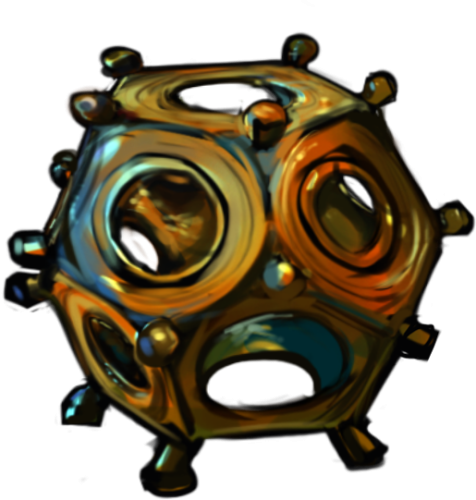Myth Orphans of Ovenstein – News Update March 2024

Today, we will provide you with more insights into the Myth Orphans of Ovenstein rules, specifically card resolution and attacks.
Card resolution is an important new game term, because it describes the whole process of playing an Action Card and resolving its effects. The timing of game effects has caused a lot of confusion in the old Myth, so for the new Myth we decided to be extra specific when it comes to the question of who does what when. In a nutshell, when a player plays an Action Card, they immediately and completely resolve it. During the resolution, no other player may play any cards or interact with the game in any way. Only after a card resolution is finished, may the next player (or the same player) play the next card.
All bonuses and game effects provided by an Action Card only count during its card resolution. Once the resolution has ended, they are now longer in effect. This includes Exertion Points (EP) provided by a card. A hero may spend those points only during the resolution of the card, and all unused points are lost. As a result, the players never have to keep track of those things over the course of a whole game round, and instead can fully concentrate on gameplay and tactics.

Next, lets talk about attacks. The two cards we are showing you today, “Chant of the Morning” and “Dirge of Twilight,” both come with a Combat Box below the card illustration. This indicates that both of these cards allow the hero to attack during the resolution of the card. The card text on both cards includes the sentence: “Attack 1 target within range.” Most Action Cards in the game allow only one attack against one target, but more powerful cards may also allow you to attack multiple targets or all targets within a certain target area. (More on this in an upcoming news article.)
An Action Card with an attack always contains at least one keyword that corresponds to the type of attack (“Melee” for Dirge of Twilight and “Relic” for Chant of the Morning). In order to perform such an attack, the hero must have at least one Item Card with the same keyword in their Secondary or Primary Item Slot (the hero’s left or right hand). In other words, a hero cannot just attack bare-handed, but must hold an appropriate item. (We will talk more about items in other upcoming news articles. As you can see, there is a lot to talk about.^^)

The Combat Box tells you the amount of damage caused by the attack, and the maximum range. A range of 1 means that the hero may attack an adjacent target—higher range values allow attacks from greater distances, respectively. A range value of “Weapon” means that the range value shown on the corresponding item card will be used. The hero may perform the attack at any point during the card resolution, but if the card is resolved without performing the attack, it is forfeit.
We hope this gives you an idea on how card resolution and attacks work in general, but we also realize that this explanation begets many more questions. How do the stances work? How do the Item Cards interact with the game? What are area attacks? What do the keywords “Holy” and “Malice” stand for? All of these questions will be answered, and YOU decide what we will talk about next!

